
Day 1 : Intensive Walk in Vatican City & Relaxing in Piazza Navona
Vatican City
What you should know before going
Every time I plan to see Vatican City, I know that 70% of our daily energy would be consumed. The museum itself is “overwhelming” (you will not see everything in one day) with more-than-many collections. Moreover, near the Vatican City, there are some must-see places which I wouldn’t opt out.
Make the plan & Book the ticket
First, I highly suggest to make the plan ahead and book the tickets online, so that it’s sure you will visit both Vatican Museum and Basilica San Pietro. The booking includes a time appointment.
I recommend booking the entrance time around noon. So, go to visit San Pietro in the very early in the morning when there is a comparably shorter queue. Believe me, I tried the sequence of Museum-first-Church-later. The long line outside around the square made me give up straight away.
I consider myself as the most traditional and stubborn tourist. My first choice for ticket-booking is the official website. Vatican Museum offer the ‘skip-the-line’ ticket including the Sistine Chapel of €17 plus an online booking fee of €4 – not cheap but worth it. Ticket runs out impressively fast, so make sure you book as early as possible (probably 1 month before)! There are other interesting options, for example an audioguide, a lunch / breakfast /Happy Hour. For more details, check out their website.
There are much more to see
Second, there are much more to see in Vatican City besides the Museum and the Church. Make good use of the time between your church visit and Museum appointment (I will introduce more later).
How to reach Vatican City
Metro Line A, gets to Ottaviano station straight away. Pay attention to the sign in the metro or follow the tourist flow, or ask help to a staff in metro. Walk down Via Ottaviano until you pass Piazza del Risorgimento for the entrance of Vatican City.
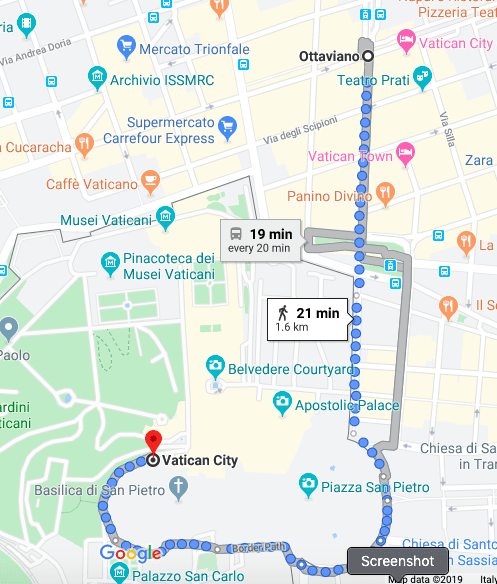
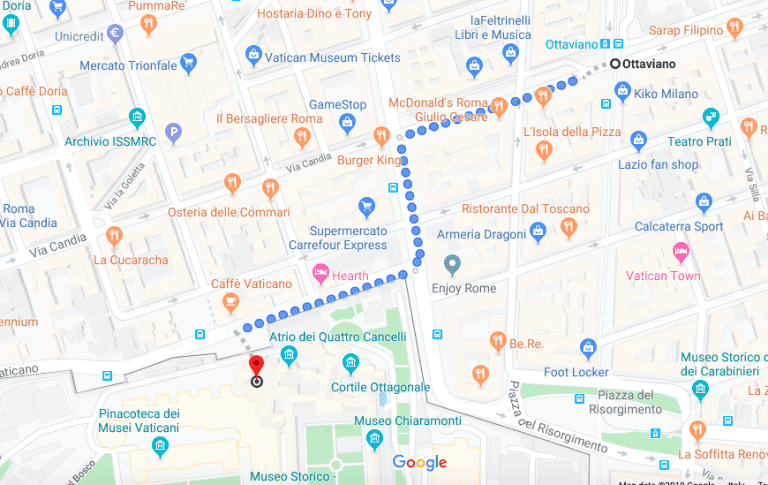
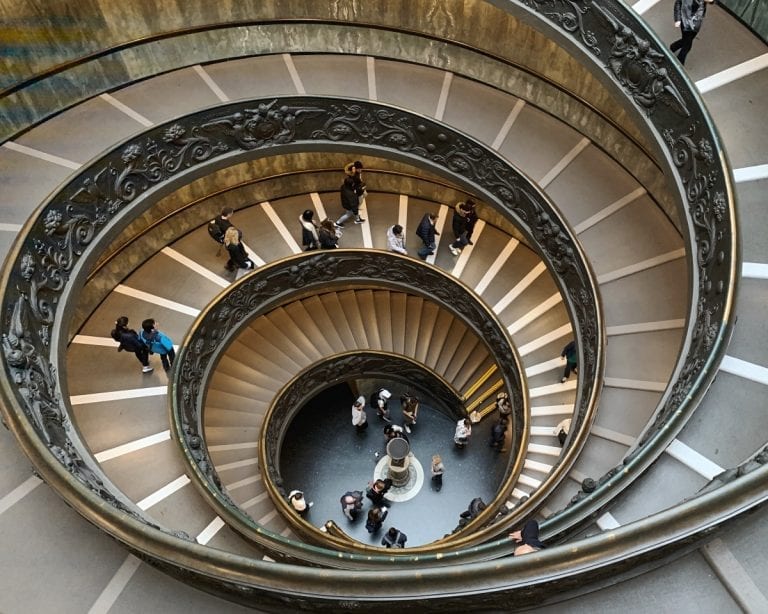
What to see in Vatican City
Saint Peter's Square ("Piazza San Pietro")
San Peter's Obelisk ("Obelisco Piazza San Pietro")
Fontana del Maderno & Fontana del Bernini
Saint Peter's Church "(Basilica San Pietro")
This is one of the most well-known and largest churches in the world. Obviously, thousands and millions of tourists come to see its great beauty, as a typical masterpiece of the Renaissance.
The position of Basilica San Pietro among the Christian World is unique. It is not a church that you see nowadays! Its base is much deeper underground, whereas the original church was from the time of Constantine the Great around 400AD. It has the magnificent work by the greatest artists like Michelangelo and Bernini. You cannot miss Michelangelo’s Pieta inside. It might be where Saint Peter lays as well.
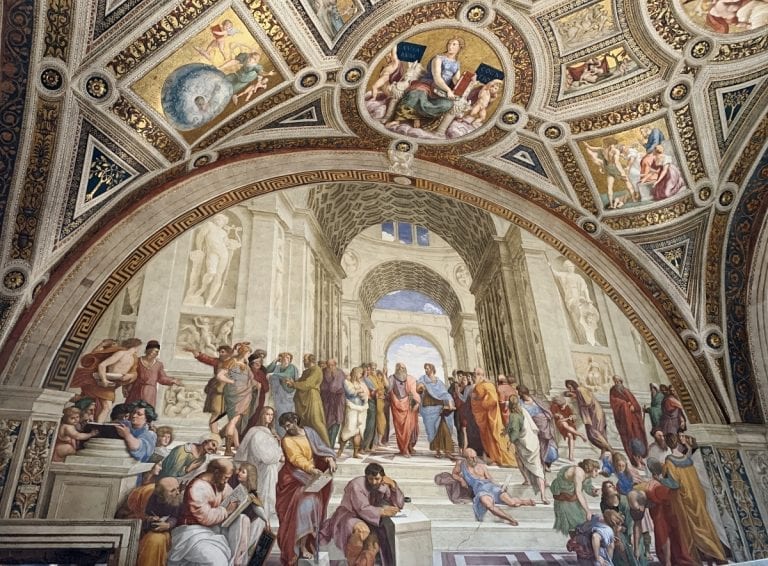
Vatican Museum ("Museo Vaticano")
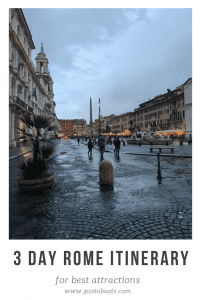
Castel Sant'Angelo
Ponte Sant'Angelo
Leaving from Ponte Sant’Angelo, we walked along Via di Panico and entered the typical Rome-cobbled streets which you can call it “Sampietrini”. You won’t get bored in this 10-15 mins walk, as plenty of boutique shops, typical old-Rome residence buildings are along the street. The most interesting one we spotted, is probably the mosaic gallery and workshop. My friend and I, literally, stood outside the window and stared inside!
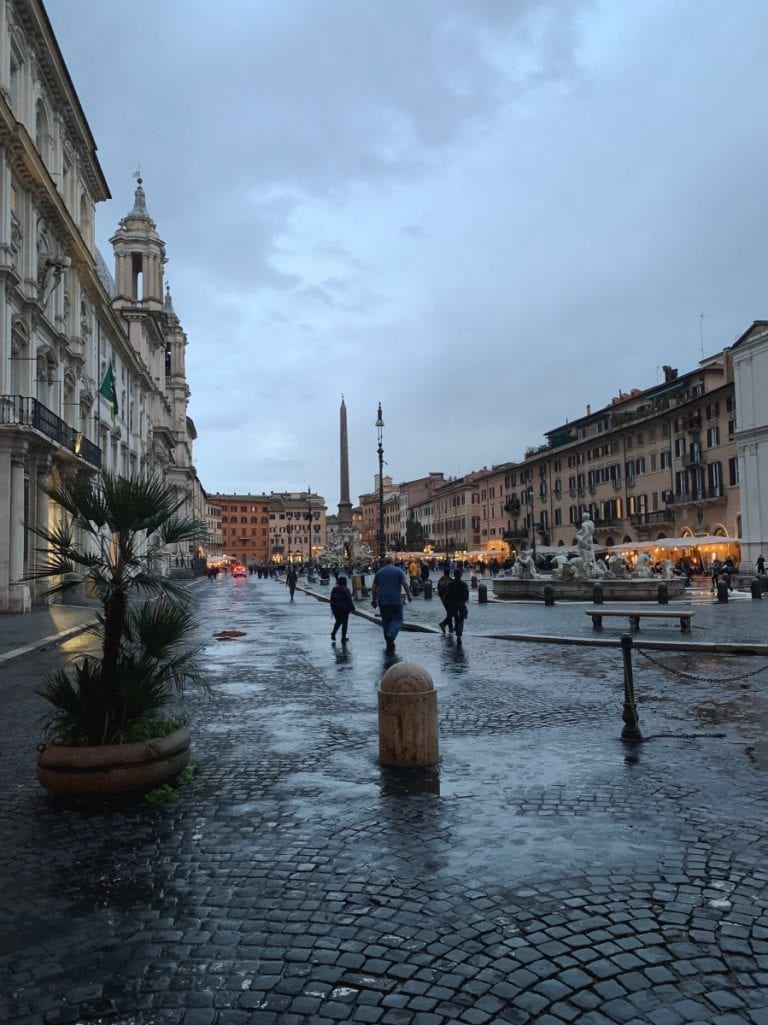
Piazza Navona
The Baroque & The fountains
The festivals?
Piazza Navona nowadays
Day2 : See The Glory of Ancient Rome From Colosseum & More
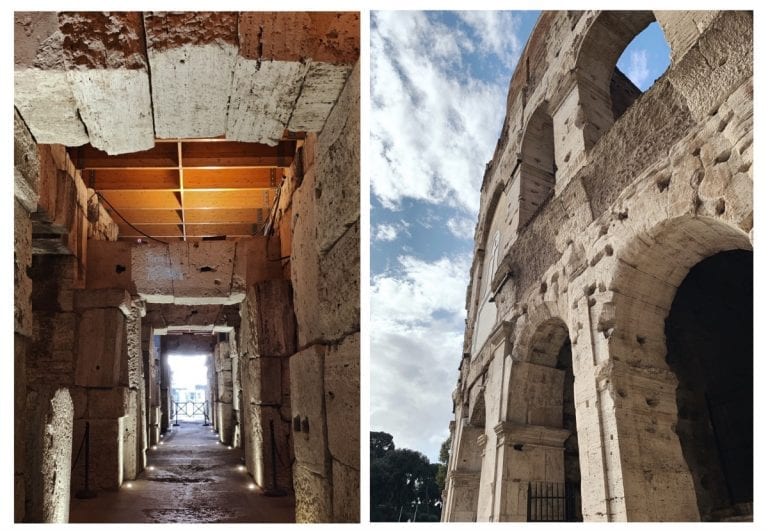
Colosseum (Colosseo)
About Colosseum
Tickets & Tours
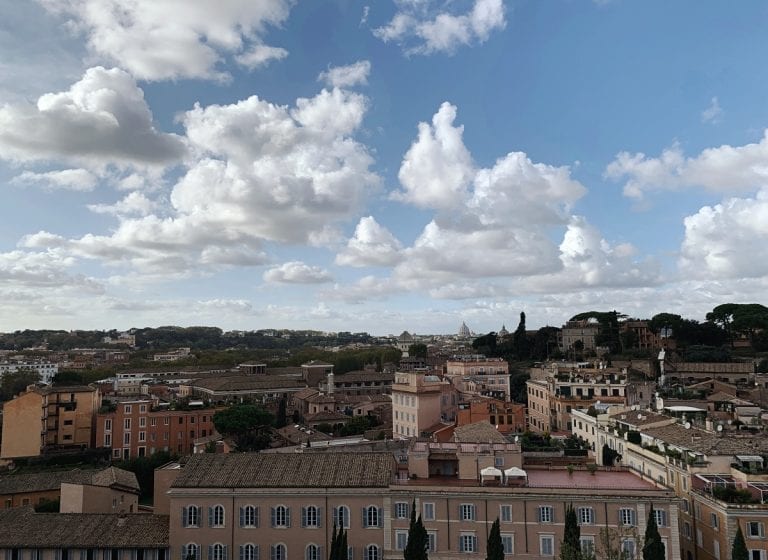
Palatine & Roman Forum (Foro Romano)
Palatine
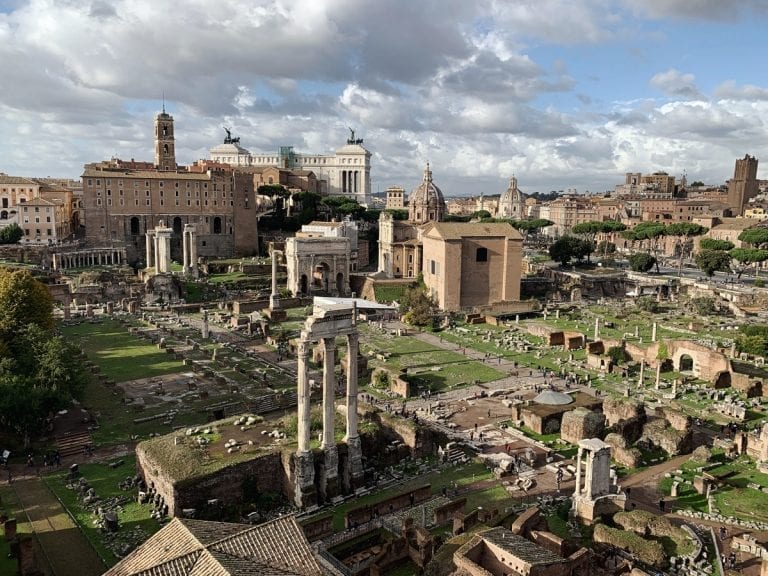
Roman Forum
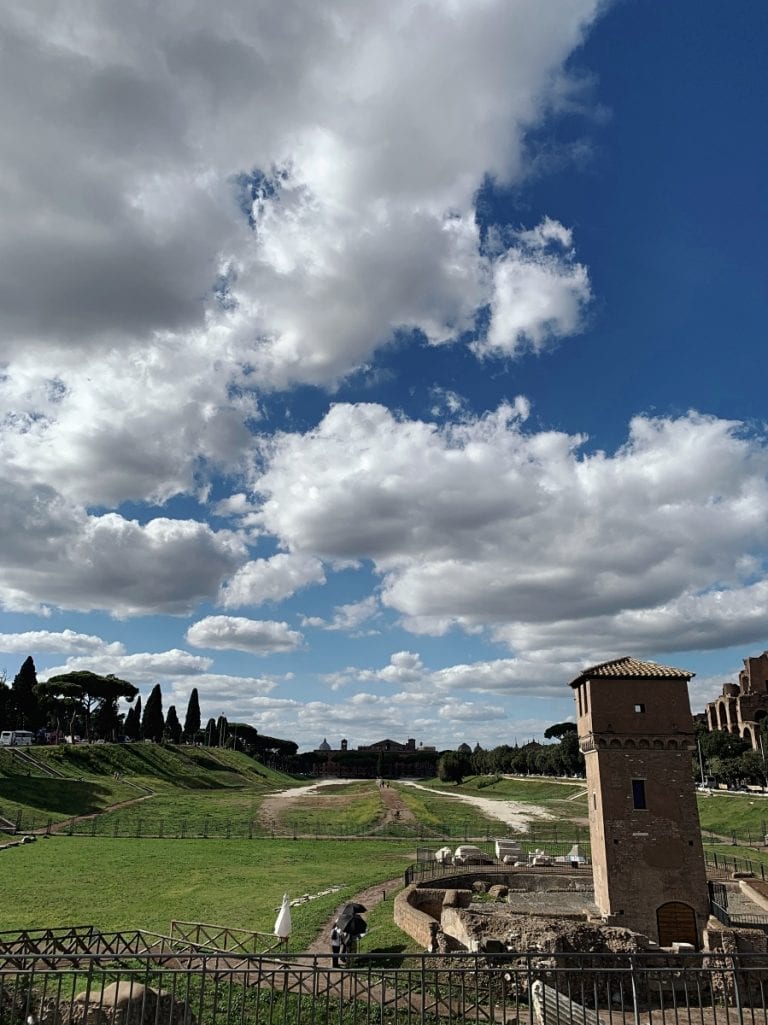
Circus Maximus (Circo Massimo)
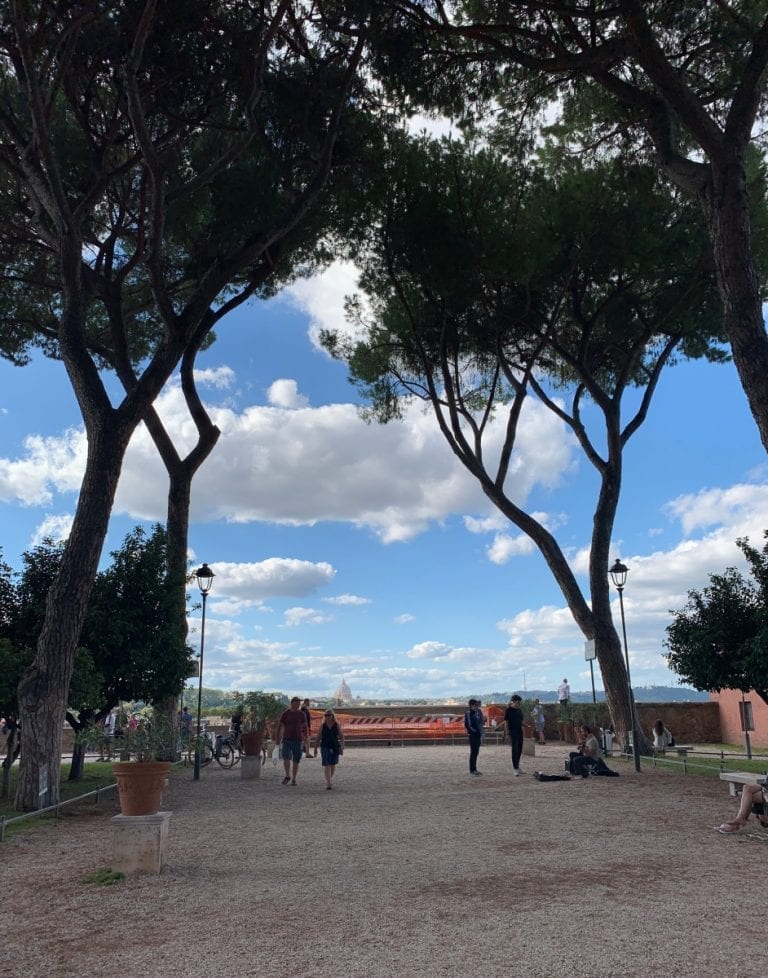
Basilica di Santa Sabina & Giardino Degli Aranci & Giardino Di Sant'Alessio
Both gardens are open to the public and offer free entrance. The view point from Giardino Degli Aranci is the best as you can literally “scan” Rome city while smelling the “yummy” orange scent from this garden! However, the maintenance is being taken in this year, I will suggest a less magnificent view from Giardino Di Sant’Alessio but with no obstacle.
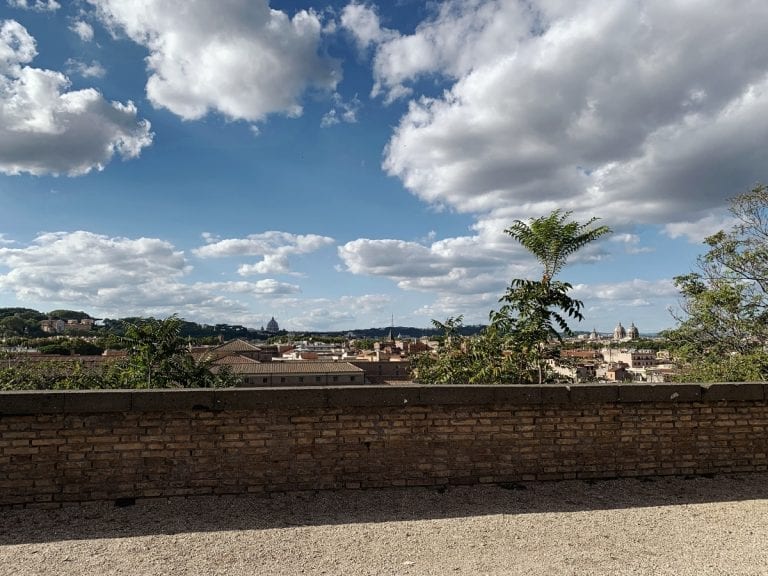
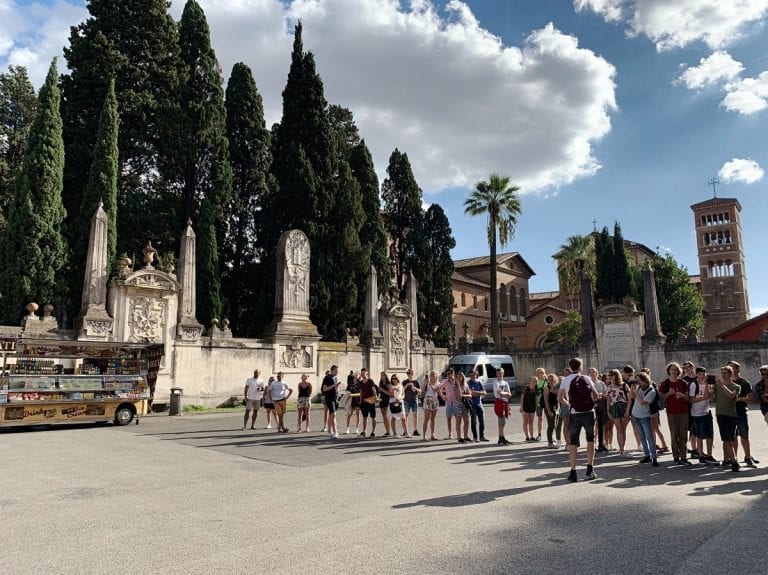
Knights of Malta Keyhole
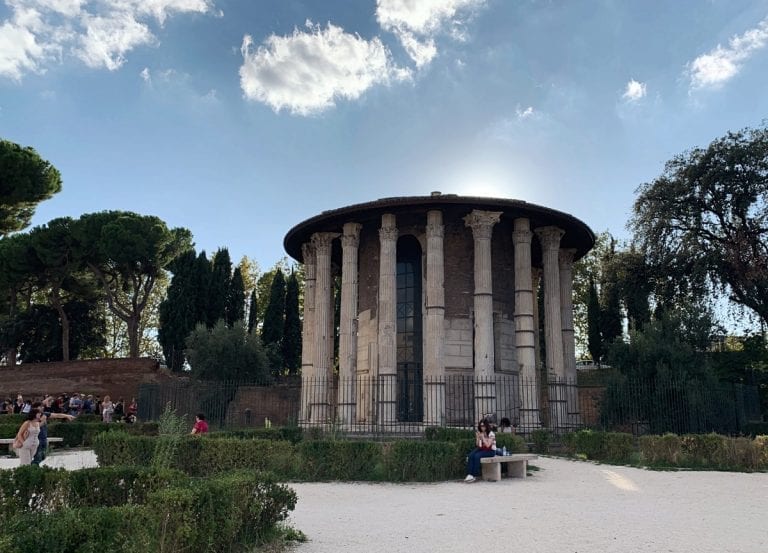
Forum Boarium & Bocca della Verita (Mouth of Truth)
Forum Boarium
Basilica Santa Maria in Cosmedin
Bocca della Verita (Mouth of Truth)
Now you are at the crossing point of Capitoline, Palatine and Aventino hills. Just with a 10-min relaxing walk, you can reach Circo Massimo Station by Line B, and I suggest to take only 1 stop to Pyramide (station) for the popular dining area, Testaccio, according to the Rome locals. I’ve got you the list of the best dinner places I’ve been to.
Day 3 : See Many Beauties from Renaissance in Rome
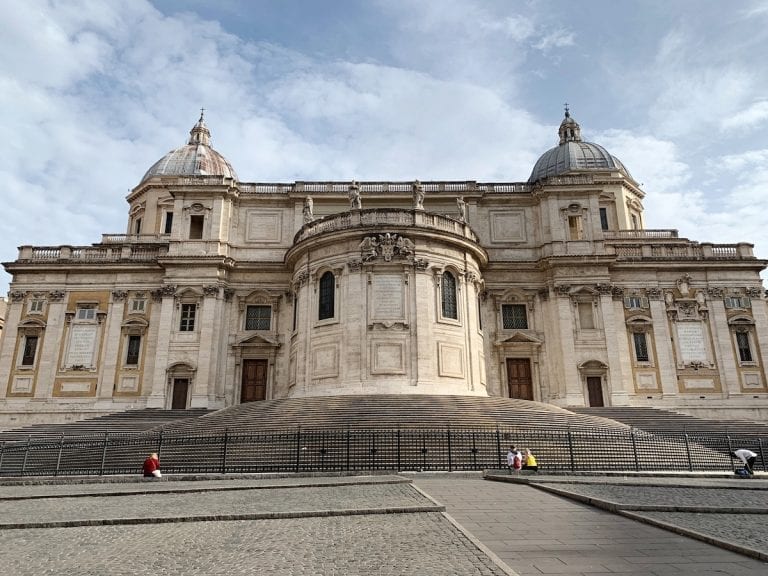
Basilica Santa Maria Maggiore
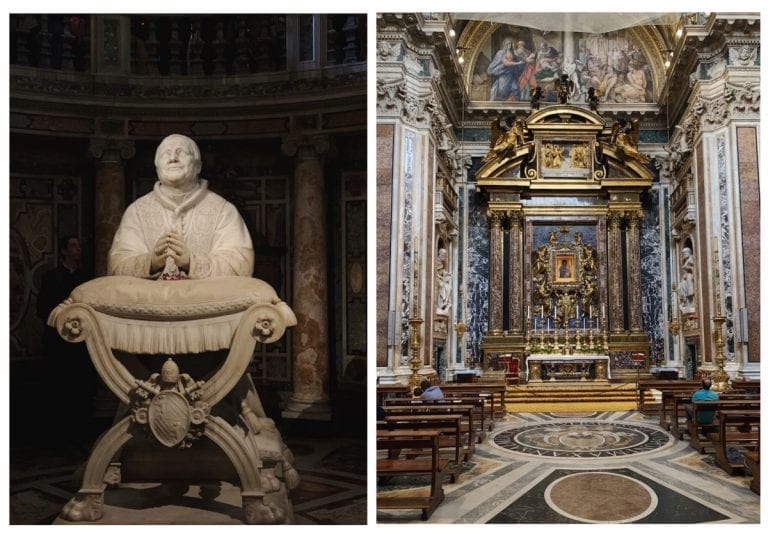
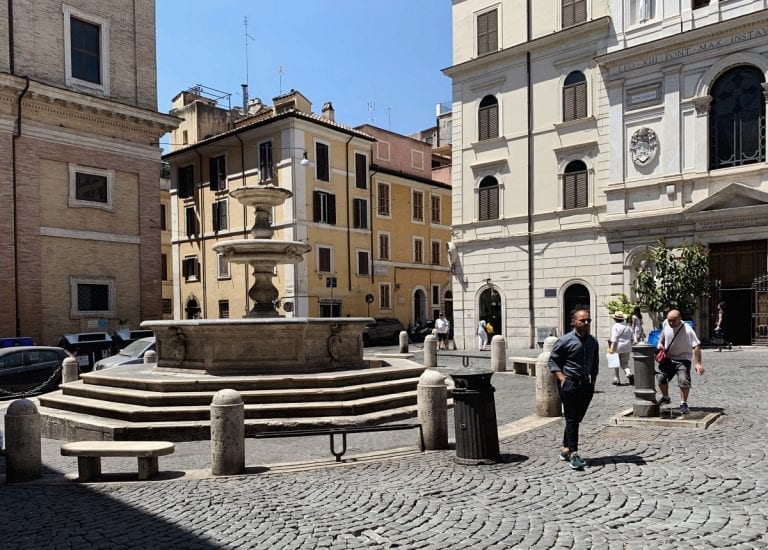
Cavour Neighborhood & Via Baccina
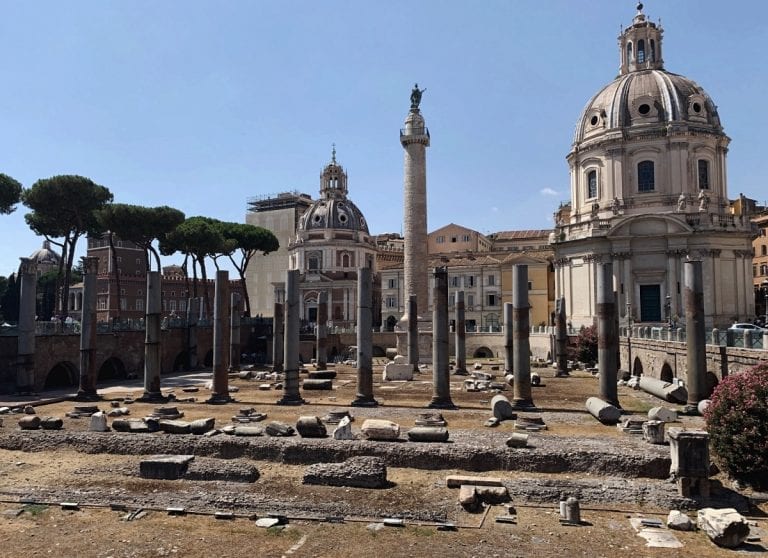
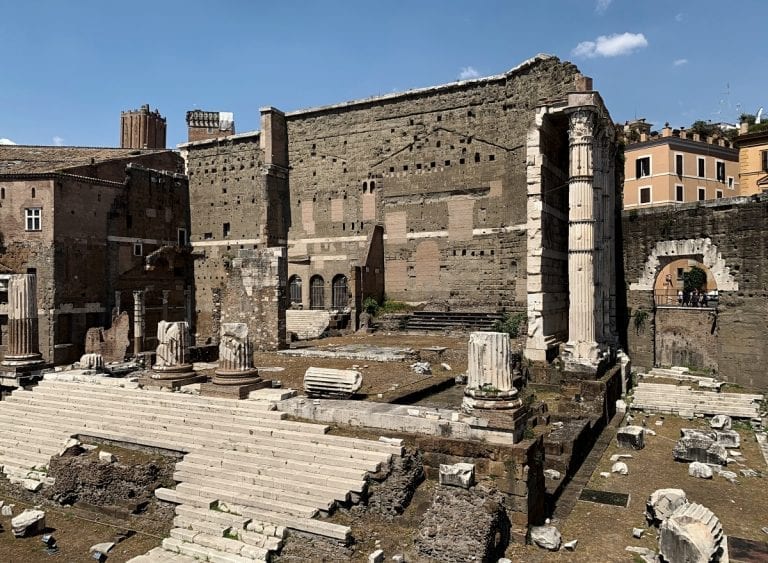
Roman Forum (free) &Piazza Venezia
Pantheon
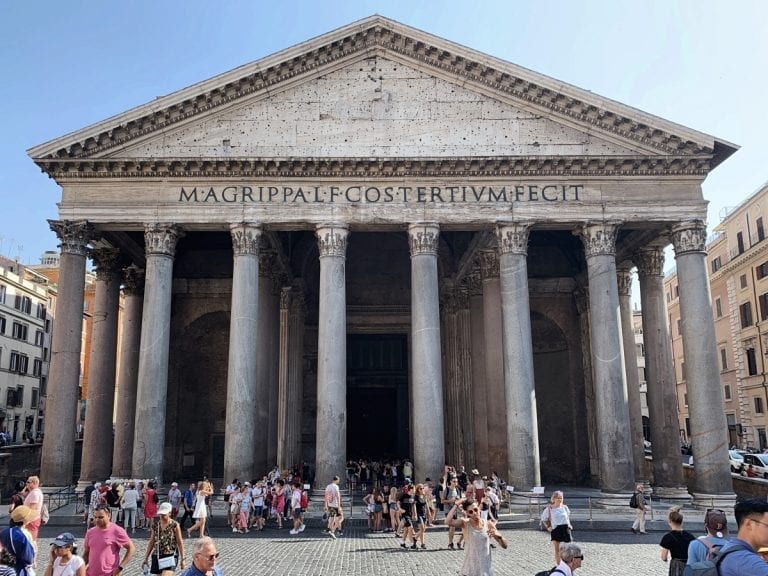
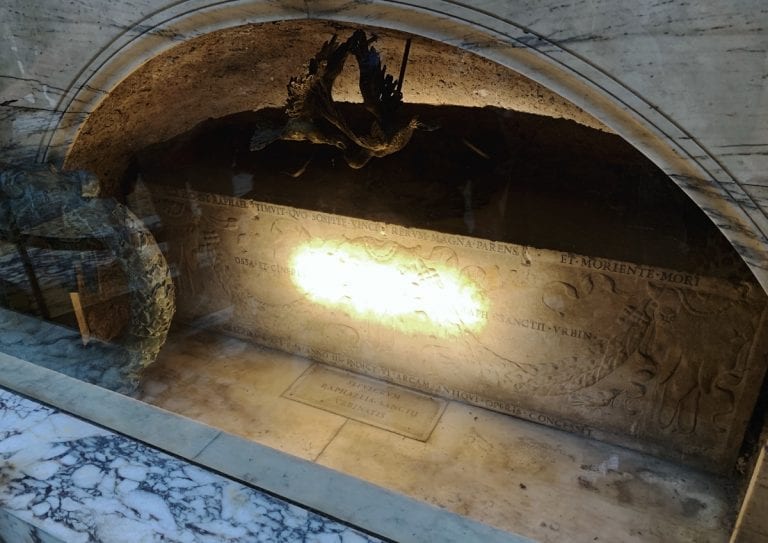
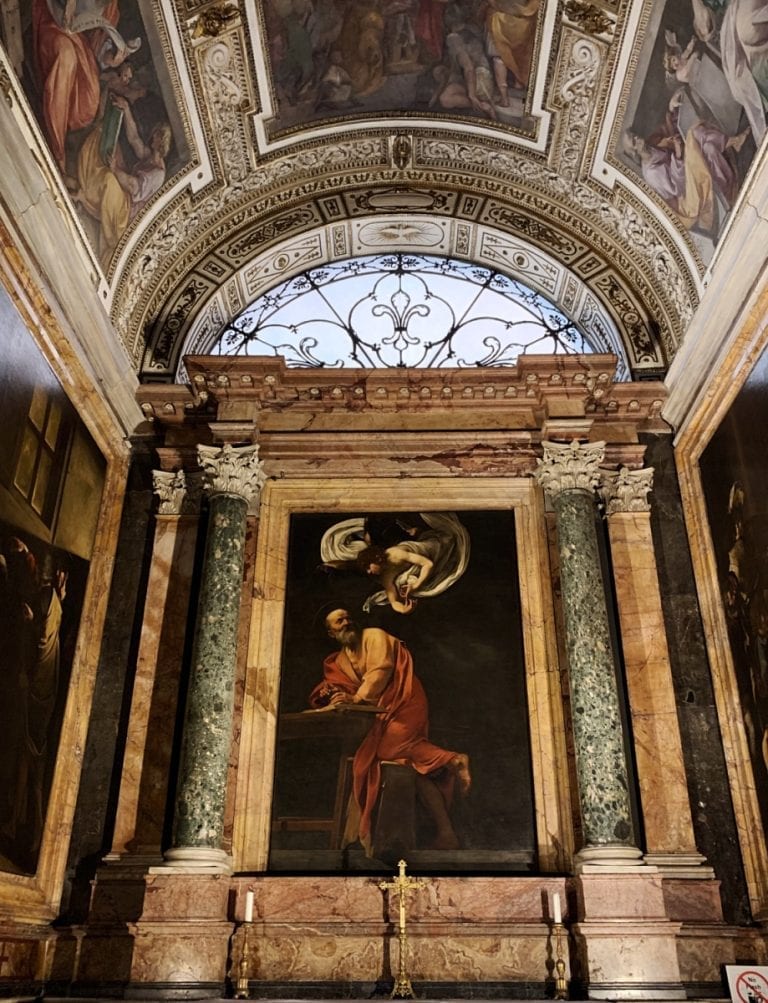
Church San Luigi dei Francesi
When Pantheon represents the great left side along Via Corso, Fontana Trevi and then further on Piazza di Spagna would be the great right side.
Trevi Fountain (Fontana Trevi)
This fountain, in history, marked the great Roman water system, aqueduct. The ancient Roman aqueduct sent the fresh water seamlessly to the many fountains in the city for the Rome citizens to collect and use.
This huge fountain is magnificent. As the old Roman saying, you can throw coin with your right hand through your left shoulder (quite difficult actually) into the fountain for a god-promise of “return-to-Rome”, however it is not allowed to sit on the edge of the fountain, nor step inside.
Spanish Steps (Piazza di Spagna)
The last must-see of our short 3-day Rome trip, is Spanish steps and Barcaccia Fountain at Piazza Spagna.
Sharing is Caring
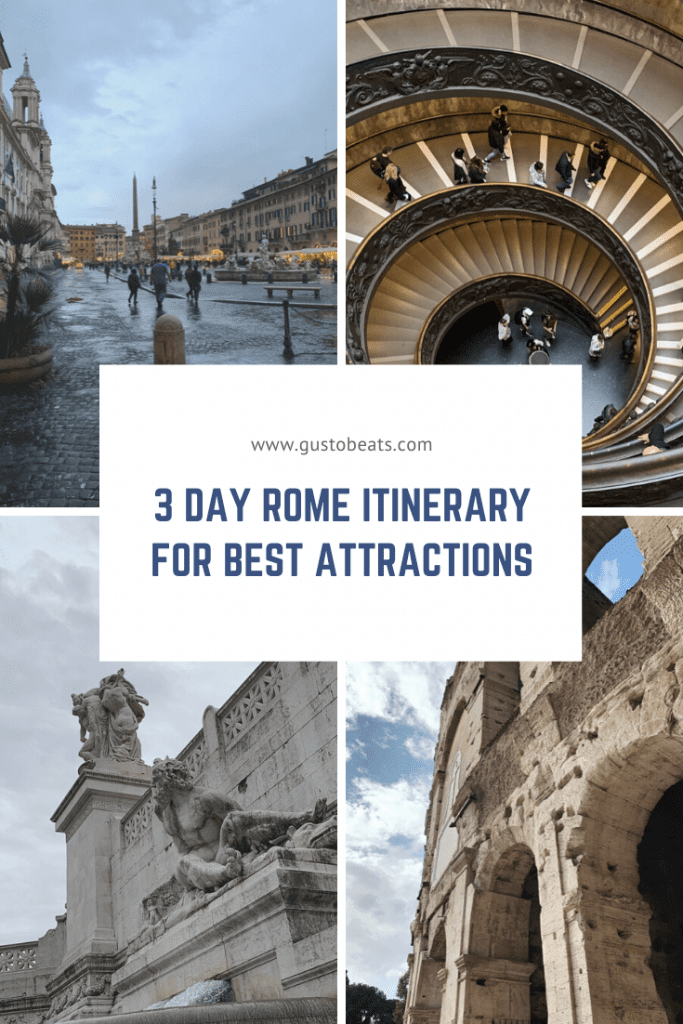
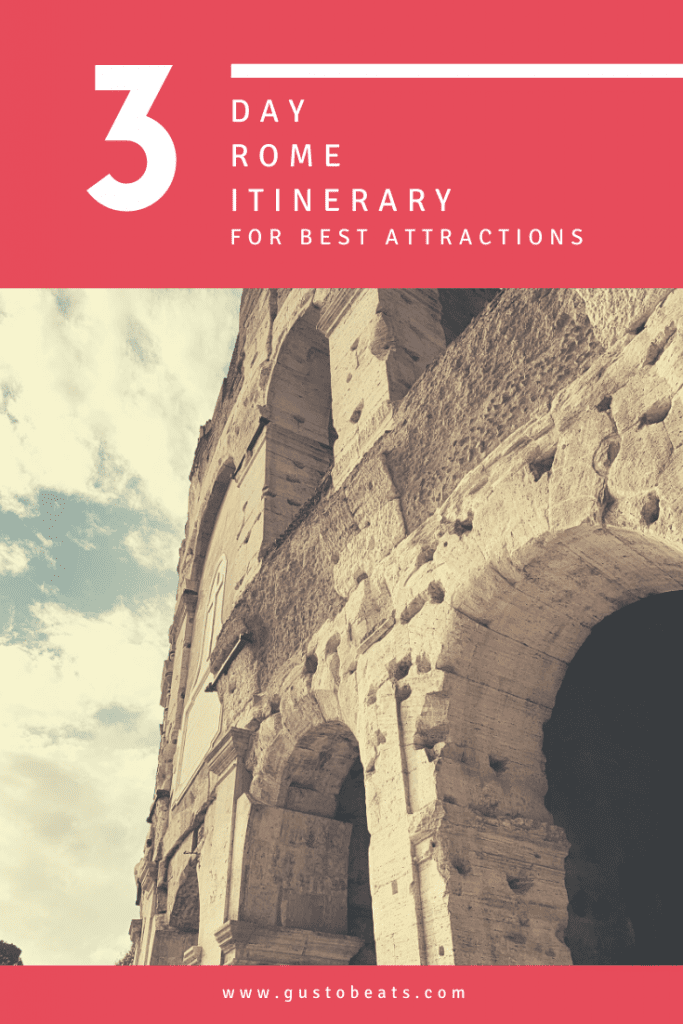

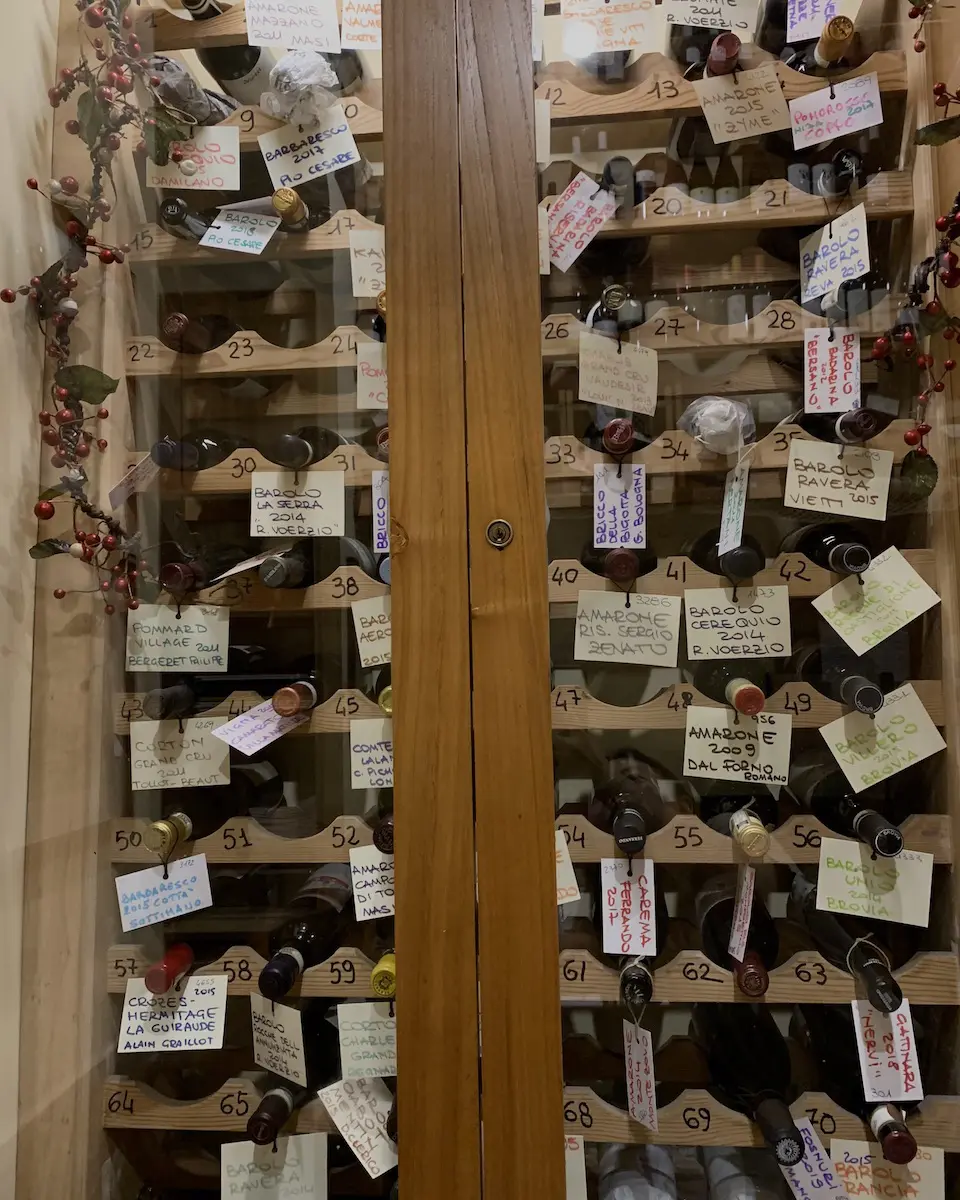
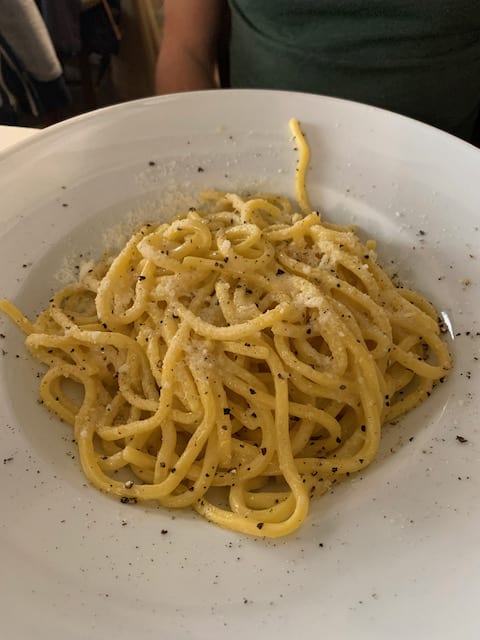
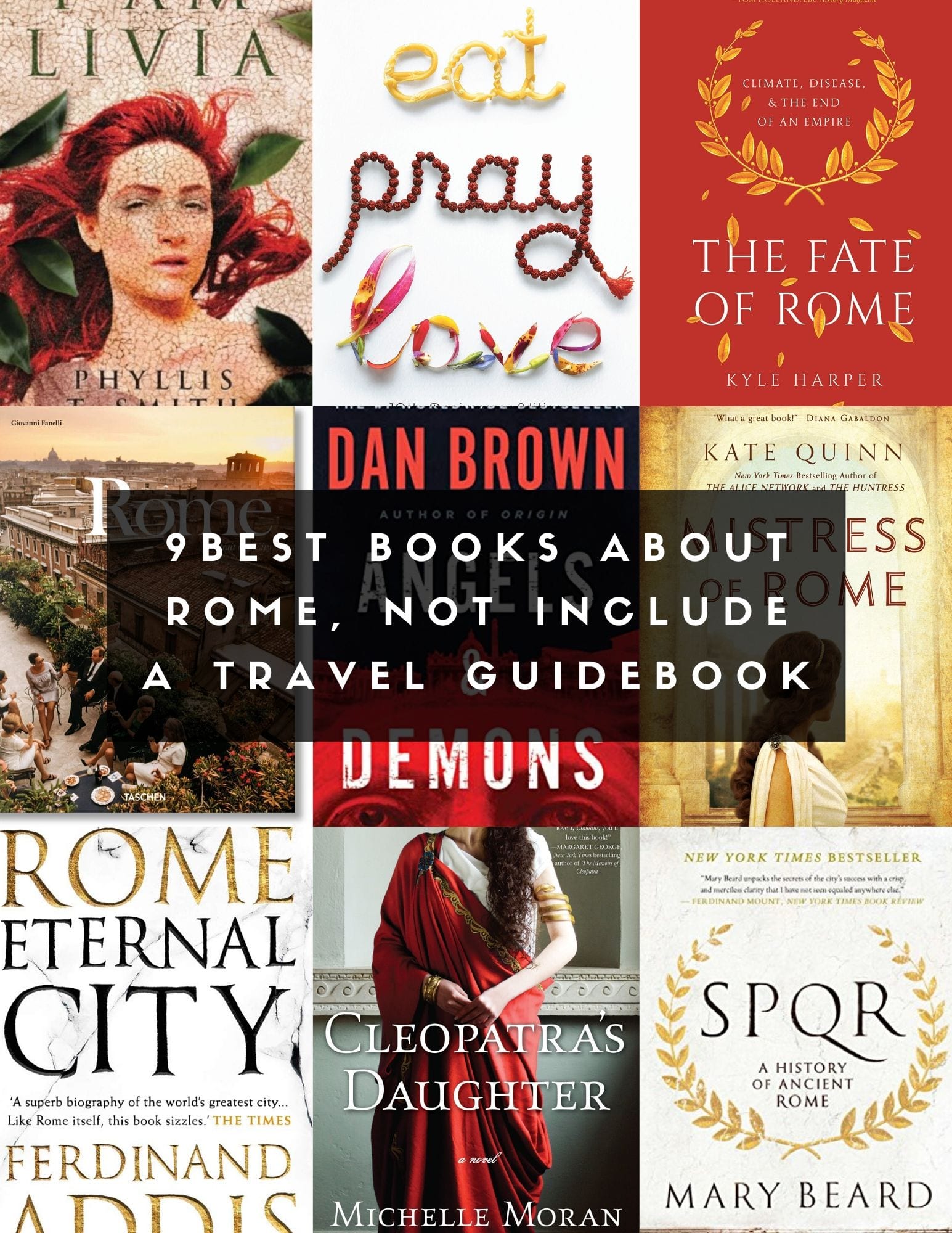
10 Responses
Rome is one of my favorite cities in Italy. Every year I come back.
Definitely come back more !!! 😀
I really wish I had this guide when I visited but it will be useful for the next time! This is such a good guide, especially agree with the timings of when to visit the Vatican.
oh yea, about the timing to visit Vatican, I really believe it’s the key! But I also read other blogs saying that, you can go for Vatican museum breakfast (example), which allows 1hr earlier than all other people to get in! sounds fancy too, but just I need to prepare a good budget hahaha 🙂
One day i’ll make it to Rome and Italy alike! Your pictures are stunning, and capture the architecture so well!
Thank you! I love all Rome, as a city, so much, with so many beautiful building, full of classic and even antique feeling
Such a great guide! I was in Rome a few years ago and would love to go back, I missed a few of these, I had less than 2 days in the city.
wow less than 2 days! That must be quite rush… I will highly recommend somewhere more rare and has less tourists 😀
You did a great job of seeing all the major spots in your 3 days there. I love the Vatican Museum and Sistine Chapel – but it can get so busy. We took a tour instead of self-guiding, because it allowed us to skip lines and get special treatment 😉 I love your pics of the Pantheon – it’s my favourite building in Rome – so understated!
yea, I think for museum like Vaticano, it’s better to have a tour with selected highlights… otherwise, just overwhelming and drawing all the energy! thanks for reading my post 😀